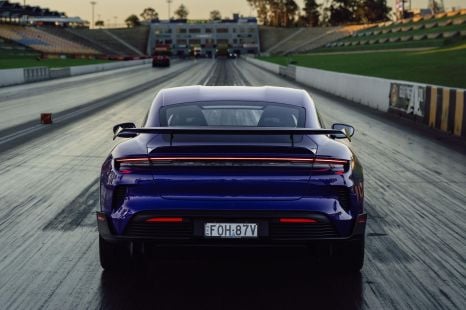

Toby Hagon
Banned! The car that’s too quick for Aussie drag strips
7 Hours Ago
It may still be some years away, but the upcoming G-Wagen EV is a promising glimpse at the electric future of an automotive icon.
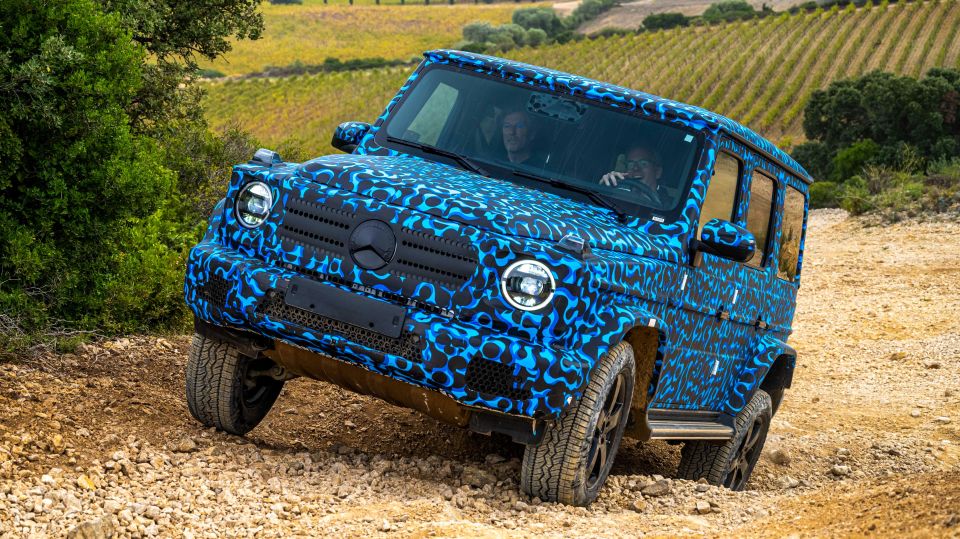


Quickly see how this car stacks up against its competition. Select any benchmark to see more details.
Where expert car reviews meet expert car buying – CarExpert gives you trusted advice, personalised service and real savings on your next new car.
Look on the dash of a Mercedes-Benz G-Class and you’ll find three buttons. Each one locks a diff – rear, centre, and front – for when the going really gets tough. Even the thundering, AMG-tweaked G63 has them.
The Mercedes-Benz EQG has three buttons on the dash, too, but none of them has anything to do with a differential; because the EQG doesn’t have any differentials. Instead, this battery-powered G-Class has four electric motors, one driving each wheel.
Pressing the centre button on the EQG’s dash selects low range, courtesy of a reduction gear system on the output shaft of each motor. Pressing the left button allows you to take the EQG for a spin – literally.
Hold in the left or right paddle on the steering wheel, depending on which direction you want to go, and punch the accelerator.
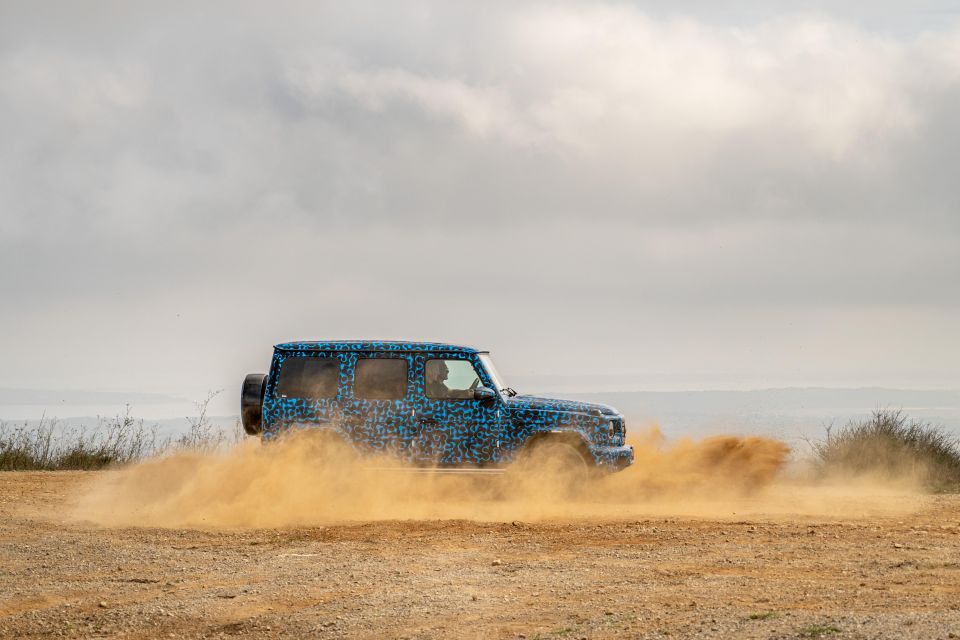
The EQG will rotate on the spot, transforming into a 2800kg whirling dervish that will leave you slack-jawed and dizzy. Lift off the accelerator and the EQG obediently comes to a halt, rocking gently on its springs, having travelled no further forward or backwards from its original starting position.
Mercedes-Benz G-Class chief engineer, Fabian Schossau, admits he’s not entirely sure whether the “G-Turn” – as it’s called – has a practical application. But as a party trick that demonstrates the extraordinary capability of the EQG’s powertrain, it’s certainly a showstopper.
Unlike the EQS and EQE SUVs, the EQG; scheduled to debut in 2024, is not built on a version of Mercedes-Benz’s versatile EVA2 electric vehicle architecture. Rather, the EQG is a bit like one of those classic Porsche 911s, Ford Mustangs or Land Rovers retrofitted with electric powertrains, with all the EV hardware packaged under iconic sheet metal.
The old-school separate chassis that underpins the G-Class makes the high-tech EV powertrain viable. With the internal combustion hardware removed, the area between the axles and inside the frame rails provides a natural location in which to package and protect a large battery, and there’s room at either end for e-motors.
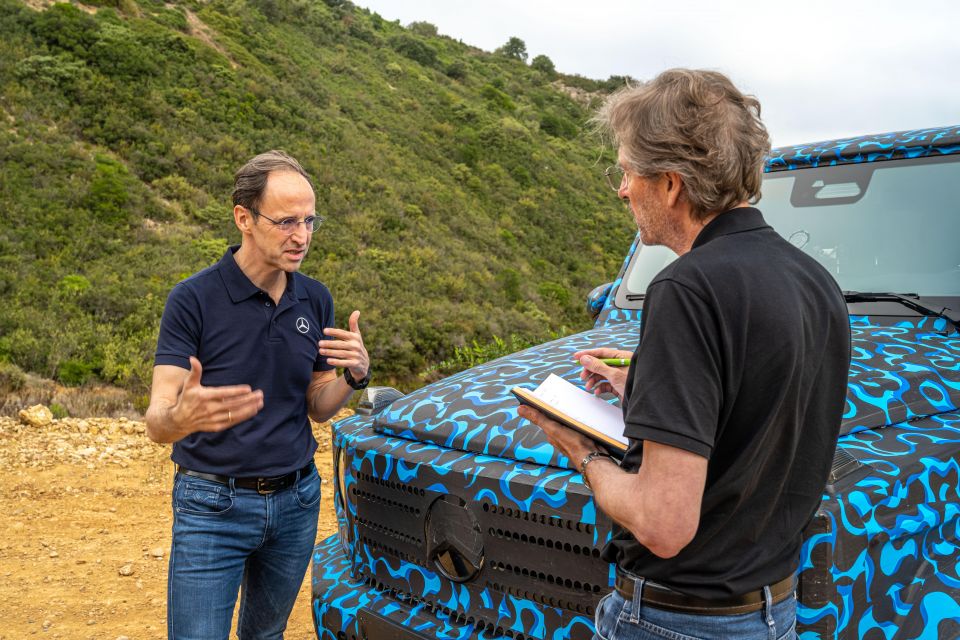
The frame has been strengthened to reduce flex and the battery – which has been waterproofed to ensure the EQG has the same wading capability as the regular G-Class – is protected by a high-tech composite panel that stretches between the axles.
Like the combustion-powered G-Class, the EQG has a multi-link independent front axle, and a non-independent axle at the rear.
Having an e-motor power each wheel is straightforward with an all-independent suspension setup, but combining a pair of e-motors with a non-independent rear axle required some lateral thinking. Locating the motors on the axle would have added too much unsprung weight.
The solution was an engineering concept almost as old as the car: The De Dion axle, which dates to about 1894. The De Dion design features a rigid tube connecting the wheel hubs on either side of the car, so it behaves like a solid axle, but the drive to each wheel is via separate half-shafts with universal joints on either end.
This allows the EQG’s rear e-motors to be bolted securely to the chassis while the axle delivers the articulation needed for ultimate off-road performance.

Like the regular G-Class, the EQG has three off-road drive modes; Trail, Rock, and Sand, and rolls on steel springs with adaptive dampers. The two prototypes used for our ride along steep, rocky trails near Perpignan in the south of France had Falken Wildpeak A/T 265/60 tires on 18-inch alloy wheels.
The EQG was envisioned as a four-motor EV from the outset, and not just so it could spin like a top for clickbait videos. As every serious off-roader knows, the trick to negotiating extreme terrain is maintaining traction, and that means controlling the torque at the wheels.
A four-motor EV drivetrain allows the torque going to each wheel to be independently controlled under all conditions, and the EQG’s low-range system, which offers roughly a two-to-one reduction in gearing, makes that control even more precise in extreme terrain.
Low-range enables a feature called Creeper Mode, a sort of low-speed cruise control. There are three settings: D- which restricts speed to about 2-3km/h; D which ups it to between 5-6km/h; and D+ which gives a maximum of 8km/h.
Switching between the settings is done by clicking the paddles on the steering wheel that are normally used for manually shifting the nine-speed automatic in the combustion engined G-Class.
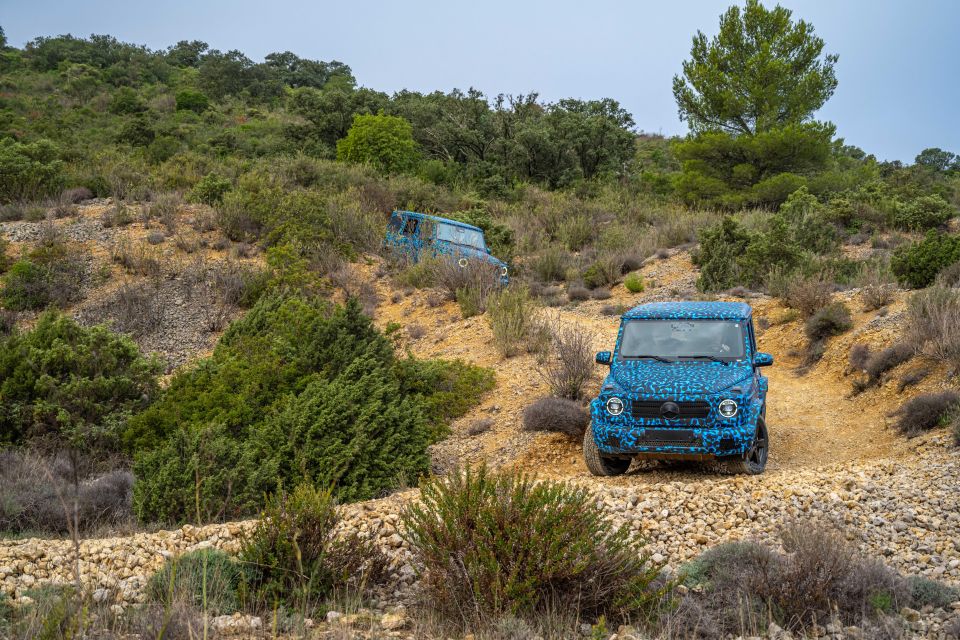
In low-range you can feel the precision in the drivetrain, the control at each wheel, even from the passenger seat.
At times, on steep ascents with high-articulation events, the EQG would almost come to a halt as the motor at each wheel gently ramped up its torque output right to the limit of adhesion. But while each motor is working independently, all four are also working in unison to keep the EQG moving.
The result is the EQG has demonstrably better traction in the rough stuff than any internal combustion-engined off-roader, even ones with three lockable diffs like the G-Class. What’s more, the software means the four-motor setup delivers all the advantages of lockable diffs, without the disadvantages – in other words, you get maximum traction, and are still able to steer around corners.
On downhill sections the Creeper Mode feels smoother and more progressive than any Hill Descent Control system in an conventional off-roader. That’s because the speed is controlled by controlling the torque at each wheel via each e-motor, and not by applying the brakes. “E-motors are so much faster to react than brakes when co-ordinating themselves,” Schossau says.
Even when braked manually, the EQG feels superior. Like most EVs, braking events up to 0.3g in the EQG are done entirely via regen. On a downhill off-road section all braking is therefore done via regen, and the e-motors work together to make sure traction is always maintained.

At speed in high range on a mock rally stage, the EQG felt surprisingly agile, rotating nicely into corners, and oversteering mildly under power – the on-board computers monitoring the yaw rate, the steering angle, and the accelerator position to figure out how far to let things go.
Acceleration on straights pushes you back into the seats in typical big-horsepower EV fashion. “Our goal was to make it easy to have fun in the car,” says Schossau.
No power or torque outputs have been announced yet, nor would Schossau reveal how big the battery is, or how far the EQG will travel between charges. It’s fair to suggest, however, that the brick shaped EQG will not break any EV range records.
Schossau will only say that the EQG’s on-road performance will be “incredible”. A hint, perhaps, that it will outperform the 430kW/850Nm AMG G63, which is claimed to be able to hit 100km/h from standstill in just 4.5 seconds.
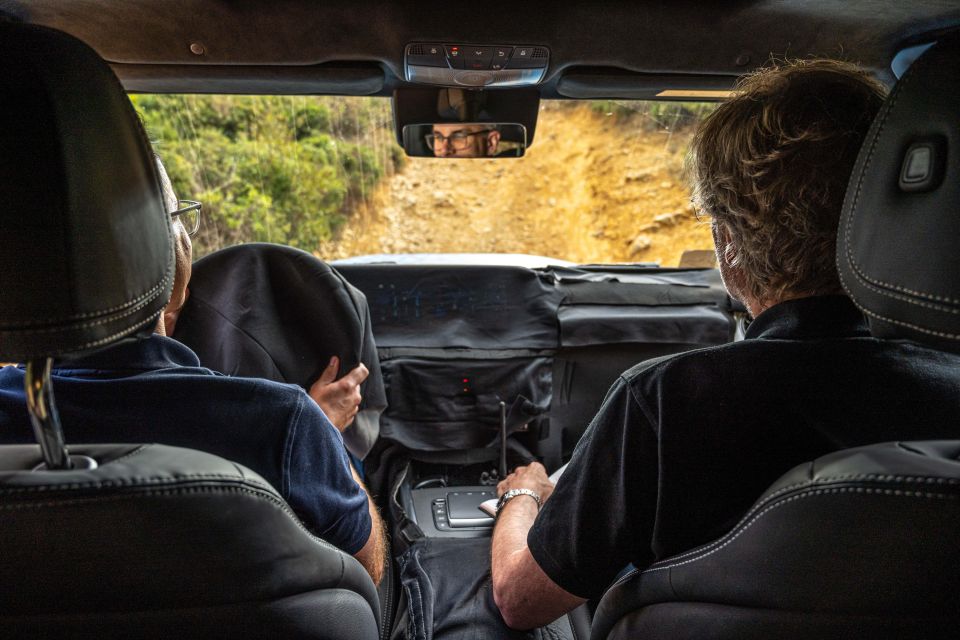
Off road? “Capability is more important than range,” Schossau says.
For the record, we started our three-hour session with the battery’s state of charge at 73 per cent and a predicted 217km of range, finishing with an indicated battery charge level of 61 per cent and 160km of range.
It’s still two years away from being finished with lots more software and hardware to tune, but even at its current stage of development none of today’s hard-core internal combustion engine off-roaders – Toyota LandCruiser, Land Rover Defender, Jeep Wrangler or even the non-AMG versions of the G-Class – can match the effortless controllability of the Mercedes-Benz EQG in extreme terrain.
And what’s the third button on the EQG’s dash for? We don’t know. It was covered with duct tape, and when asked, Fabian Schossau simply smiled and said: “That’s the magic button”.
We can’t wait to find out what it does.
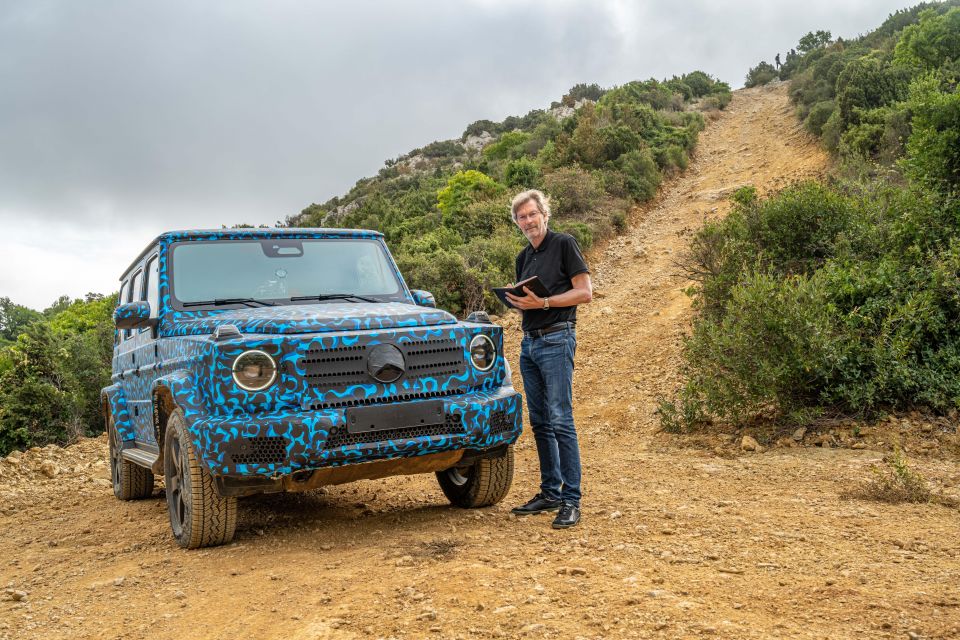
Click the images for the full gallery
Where expert car reviews meet expert car buying – CarExpert gives you trusted advice, personalised service and real savings on your next new car.


Toby Hagon
7 Hours Ago
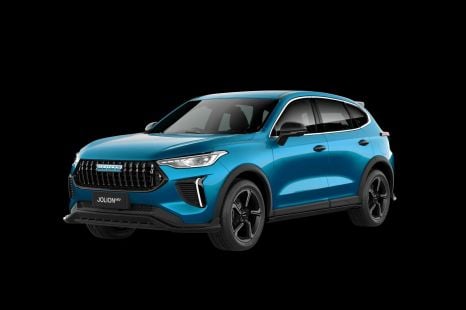

William Stopford
8 Hours Ago
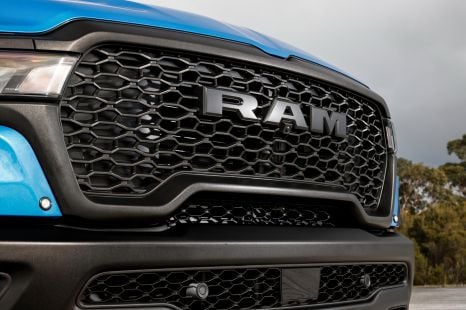

William Stopford
8 Hours Ago
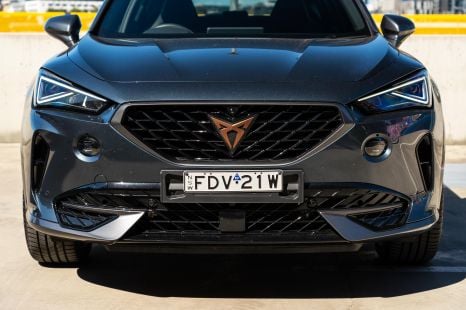

James Wong
10 Hours Ago
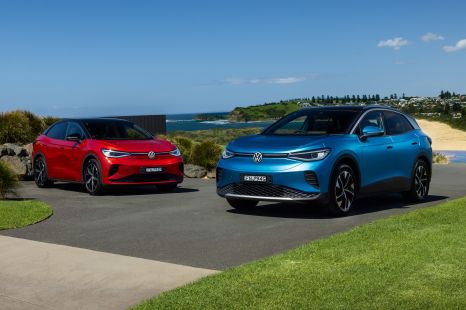

Damion Smy
12 Hours Ago
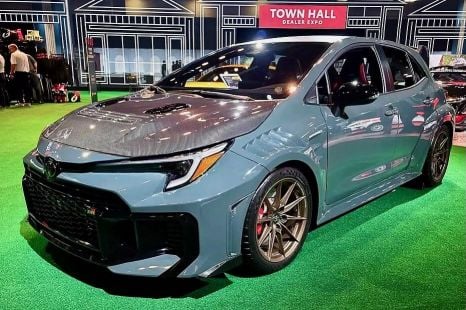

Ben Zachariah
12 Hours Ago